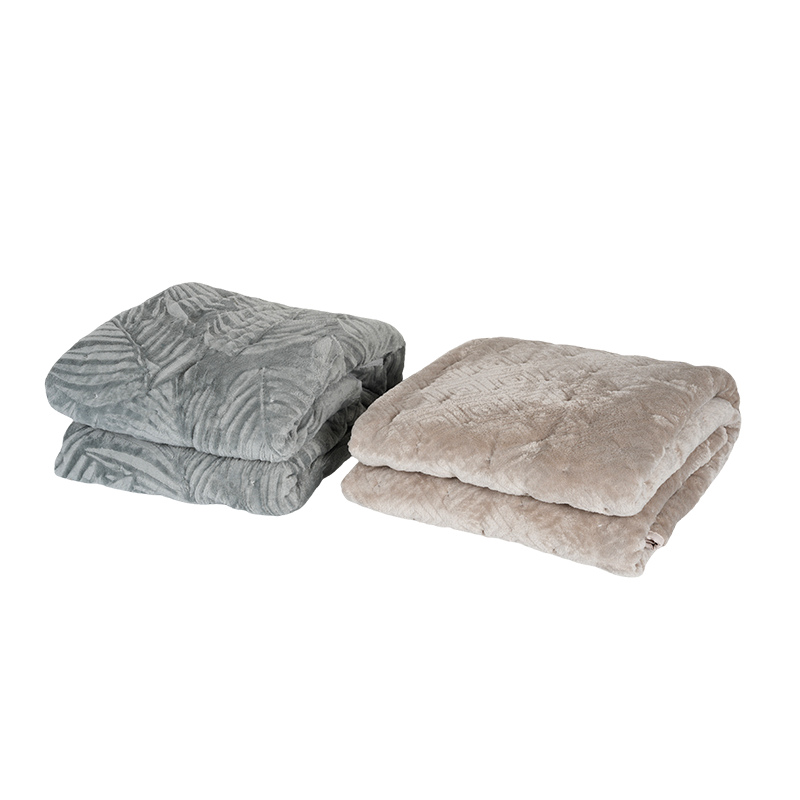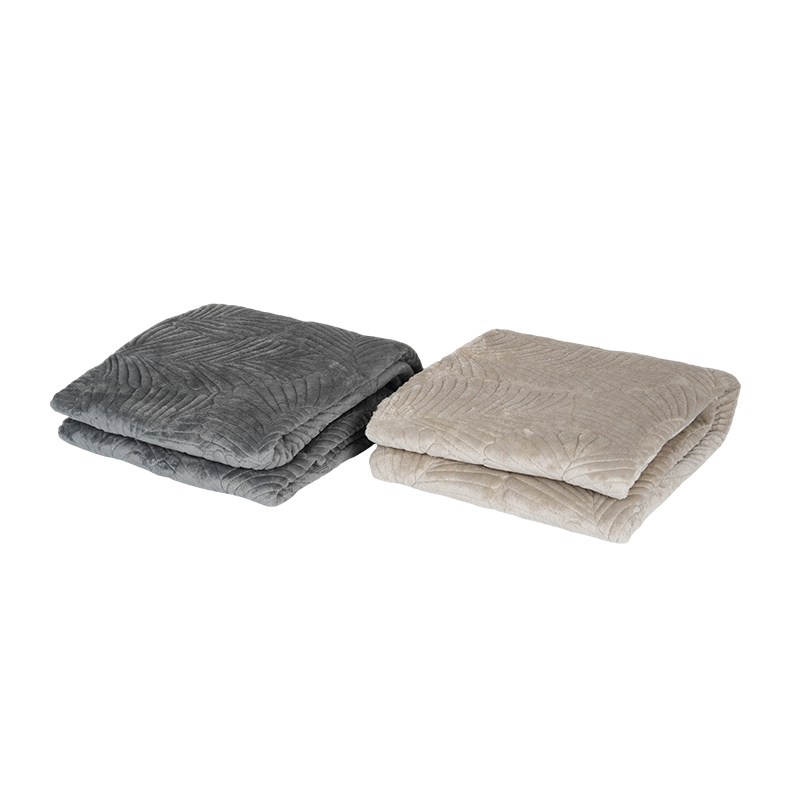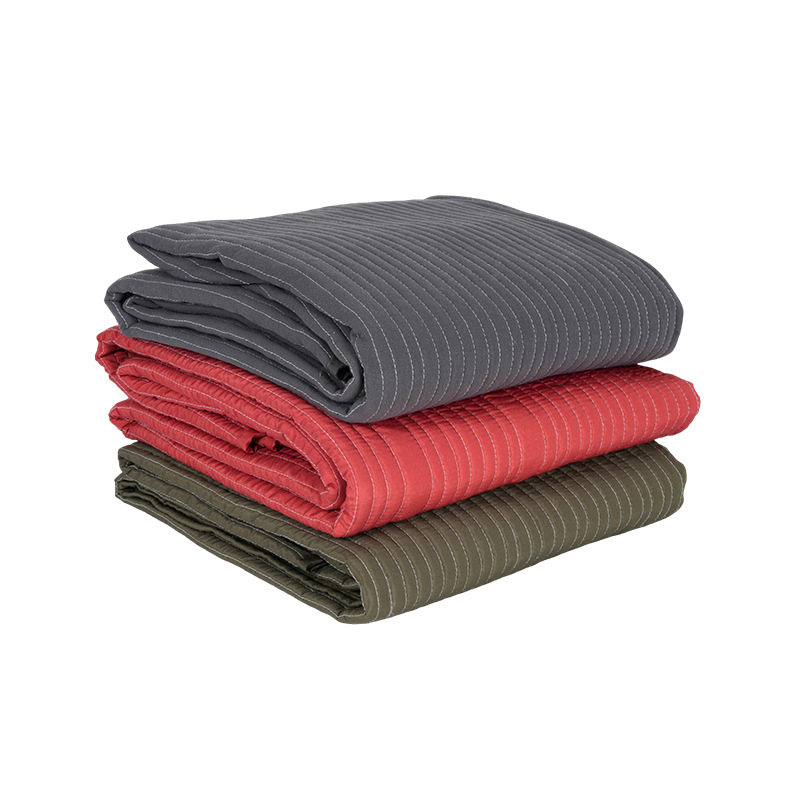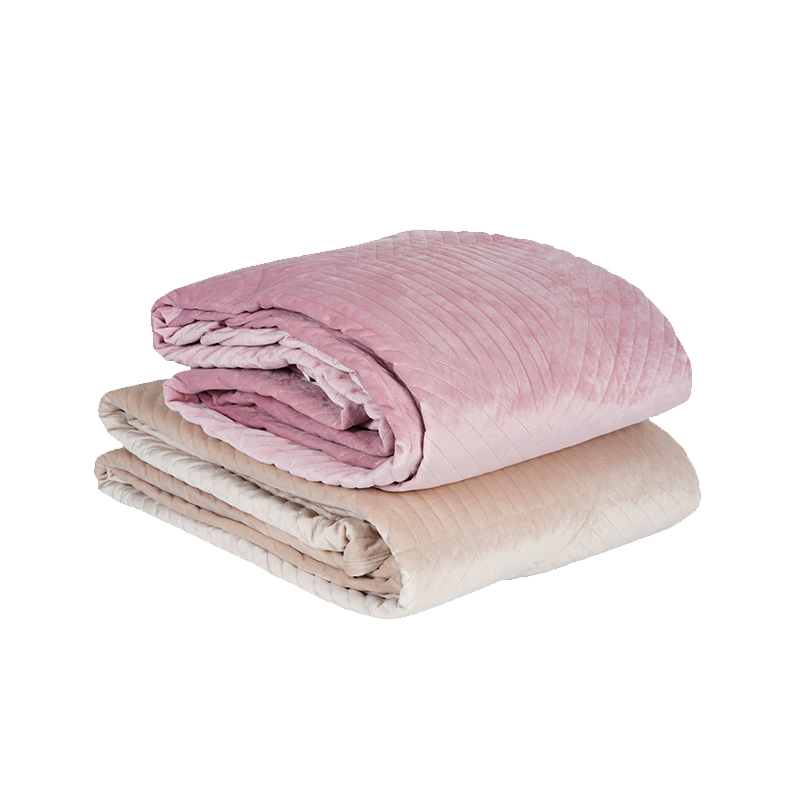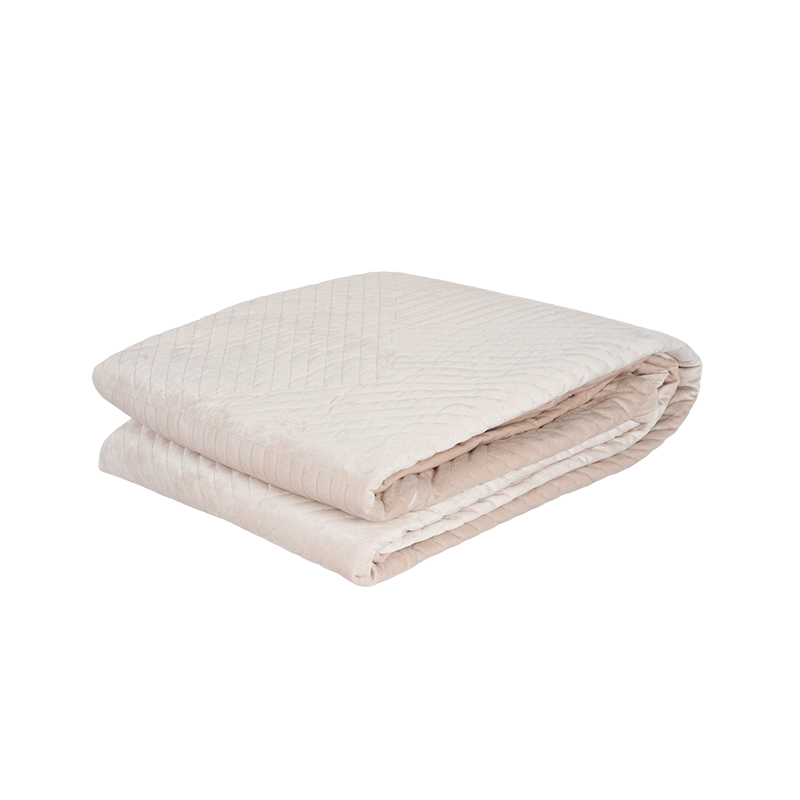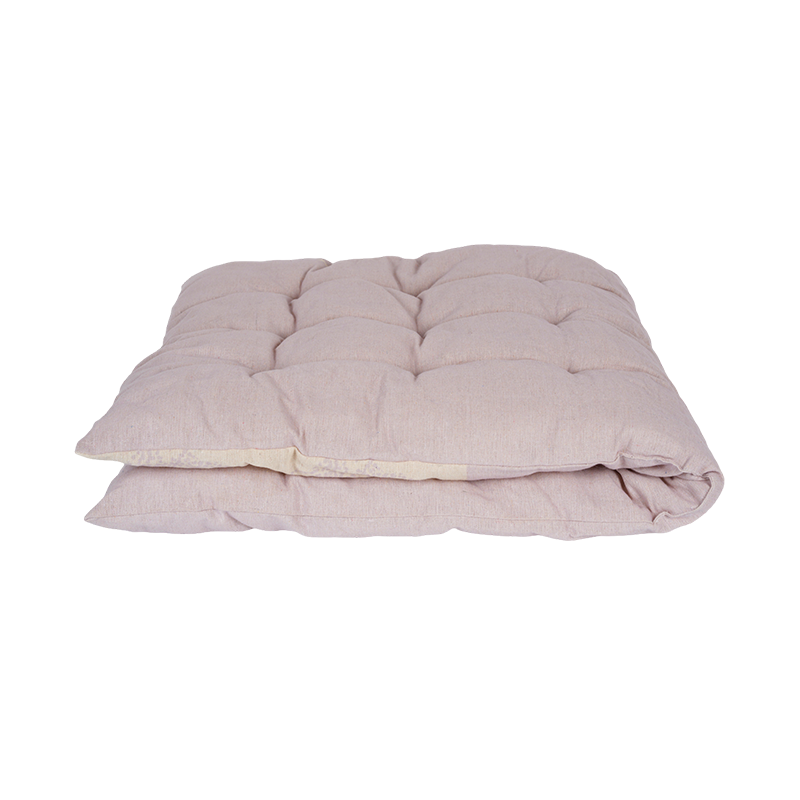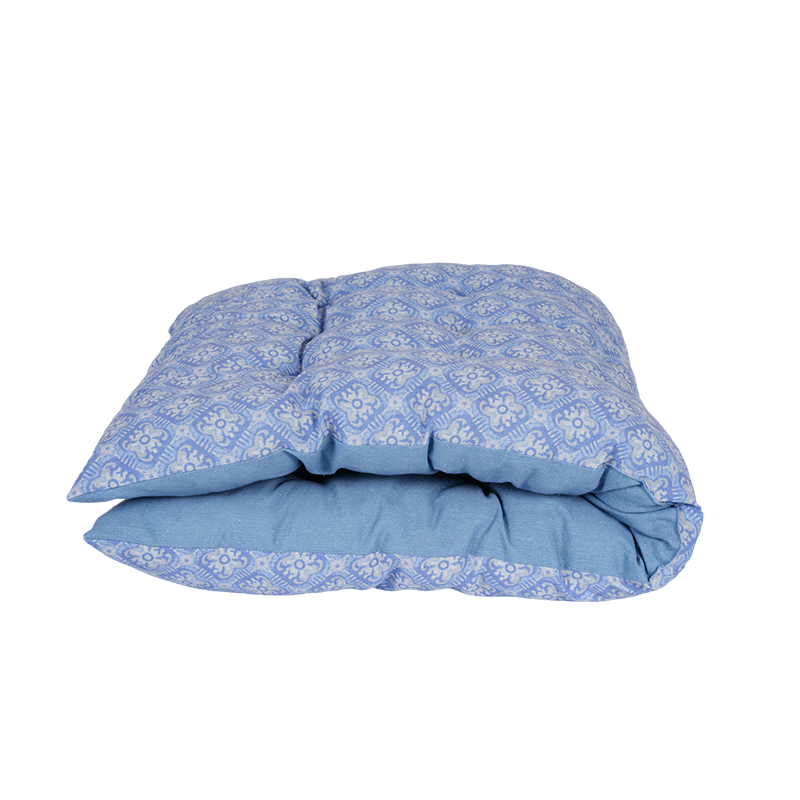- Type:
- Industry News
- Date
- 2025-Jun-09
The Sewing Process of Chenille Cushion Covers
When it comes to choosing bedding, bed sheets with pillow covers stand out for their practicality and cost-effectiveness. A complete set of bed sheets, which typically includes a fitted sheet, flat sheet, and pillow covers, is an essential purchase for every home. The combined set offers a complete solution to your bedding needs without requiring multiple purchases.

One of the key reasons why bed sheets with pillow covers are cost-effective is that they provide everything you need in one purchase. Rather than buying individual items, such as pillowcases and sheets separately, a bed sheet set can often provide better value for money. In addition to that, many manufacturers offer these sets at reasonable prices, making them accessible for a wide range of budgets. Whether you're looking for basic cotton sheets or premium fabrics like Egyptian cotton or linen, you can often find a set that offers great quality for a reasonable price.
Another benefit is their long-lasting durability. High-quality materials used for making bed sheets with pillow covers, such as cotton, microfiber, or linen, can withstand multiple washes while retaining their softness and color. This durability means that, in the long run, investing in a set of bed sheets with pillow covers will be more economical compared to constantly replacing individual pillowcases or sheets that wear out quickly.
Moreover, bed sheets with pillow covers come in a variety of designs, colors, and patterns, allowing you to find one that matches your personal style without breaking the bank. Whether you prefer a simple, minimalist design or a more intricate pattern, these sets are versatile enough to suit any bedroom decor.
Chenille is a luxurious fabric known for its softness and texture. It's a popular choice for cushion covers, especially for those seeking a blend of comfort and style. Creating a high-quality chenille cushion cover requires a combination of skill, precision, and the right tools. In this section, we will explore the steps involved in the sewing process of chenille cushion covers, from selecting the right materials to adding the final touches.
The step in the sewing process of chenille cushion covers is selecting the fabric. Chenille, a fabric made from velvety yarns, comes in various colors and patterns. Its unique texture makes it a luxurious choice for cushion covers. Once the desired color and design are selected, the fabric is measured to ensure it fits the cushion size. Typically, cushion covers come in various sizes, such as 16 x 16 inches, 18 x 18 inches, or larger. The measurements are critical to ensuring a snug and neat fit for the cushion.
After measuring the fabric, the next step is cutting the chenille material according to the desired dimensions. This step requires precision, as uneven edges can bring about difficulties during assembly. Once the fabric pieces are cut, the edges are often hemmed or finished with a zigzag stitch to prevent fraying. Chenille is a delicate fabric, so extra care must be taken when handling it to avoid damage during the cutting and stitching process.
Next, the pieces of chenille fabric are sewn together. This step involves stitching the fabric pieces along the edges, creating a pocket-like shape for the cushion to fit inside. Depending on the design of the cushion, additional elements such as zippers, buttons, or velcro may be added to make the cover removable. Zippers are particularly popular for their practicality, as they allow for easy cleaning and maintenance.
Once the stitching is complete, the cushion cover is turned inside out to reveal the soft chenille surface. At this point, the cover is checked for any imperfections such as loose threads or uneven seams. If any issues are found, they are corrected before proceeding to the final steps.
To finish the chenille cushion cover, the cover is pressed with an iron to remove any wrinkles and give it a polished appearance. This step is essential for ensuring the cushion cover looks neat and refined. Additionally, any embellishments or decorative details, such as tassels or piping, can be added at this stage to enhance the visual appeal of the cover.


 English
English
 English
English Español
Español